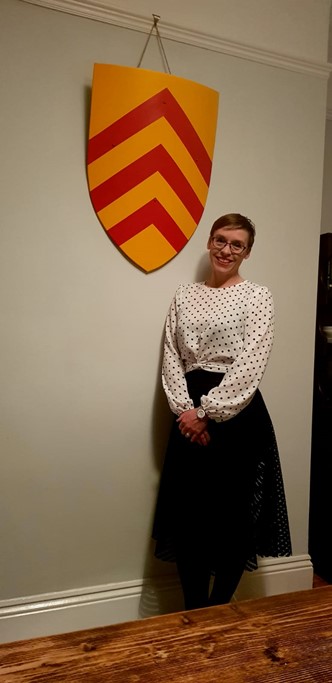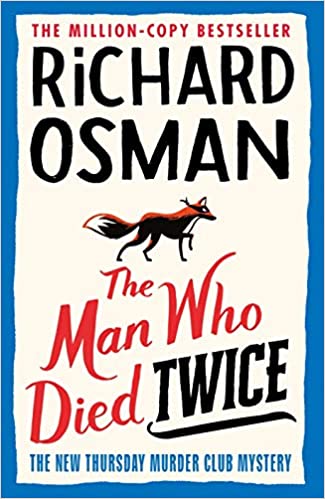
Today’s post is by writer and editor Lisa Cooper Ellison.
A few weeks ago, I geeked out on structure with screenwriter, filmmaker, and budding memoirist Alyson Shelton. During our conversation, she said, “Structure is the safety net readers fall into. Nailing it is the way we hold space for them and let them know that while we might keep them guessing, or stir up challenging emotions, we’re taking them somewhere important.”
Structure is a safety net for writers too. When it’s missing, they send anxious emails to me and other writing coaches asking what to do. As a writer, I know what it’s like to hang from the trapeze bar of an idea and wonder if I can hold on long enough to find both a point and a satisfying ending.
Writers need to cultivate two types of structure: process and project. Process structure sustains you while you’re drafting and revising. Project structure is what you employ to give your work shape.
Many great writing books teach processes you can follow, but I want to offer you a framework you can use to support yourself regardless of the guidebook you use.
Enter the Circle of Security, a parenting model I encountered during graduate school.
The Circle of Security was created by Robert Marvin, Glen Cooper, Kent Hoffman, and Bert Powell to help parents attend to their child’s needs as they learn to explore the world. Picture an ellipse with a caregiver on one end and images of children at various plot points either moving away from the caregiver as they explore, or reaching back as they seek comfort and reassurance. The caregiver’s job is to pull back as they explore and lean in when they’re feeling unsafe or troubled.
Toddlers need to be able to venture off and investigate the unknown, secure in the knowledge that a parent is there to catch and comfort them if they fall. While writers aren’t toddlers, they also need to venture off, play, meander, and delight in their work while knowing something is there to catch them when doubts emerge, a project veers toward collapse, or the work feels overly emotional or just plain too much.
So how can writers apply this theory to their work?
Build a secure process
Your first task is to choose a process to follow. Better yet, form a group that can do this work with you. That way, you’ve got a posse to lean on when the predictable struggles follow.
It doesn’t matter if you select the model Allison K Williams shares in Seven Drafts, the experimental invitations of Jane Alison’s Meander, Spiral, Explode, the journey Sue William Silverman takes you on in Acetylene Torch Songs, or the first-draft guidelines I offer in this post. Pick one. Use the content as your safety net—at least for your next draft—but don’t be afraid to wander off on your own.
When the inevitable doubts creep in, refer back to your safety net. Bask in its comfort and fall into its guidance. If you’re still lost, explore what’s going on with your writing group. When you’re feeling more grounded, wander off again.
Build your memoir’s structure
Once you understand what your story is about, you’re ready to tackle your project’s structure. Some of you will know exactly what this should be. If you don’t, consider whether a simple or complex structure is best for your book. Some structures, like the three-act, will feel like their own safety net, because they deliver a certain level of predictability. The more experimental you are, the more you must serve as that safety net for your reader by truly understanding the story you’re trying to tell and ensuring that the structure you’ve chosen leads them in the direction you’re hoping for.
After you’ve chosen a structure, learn both the basics and nuances of working with it as well as the skills needed to successfully execute it. As you do this, identify one or two exemplar texts to study, and feel free to pick something everyone’s raving about (it needn’t be a comp title for your work). As you mull over which structure might be the best fit, read reviews for these books to see what resonates with readers. Attend to the things people say about how the book is structured or how the story unfolds.
Now, pick it apart. Map the major turning points on note cards. Analyze the thematic threads woven through the narrative. Find the beats where inner change occurs. Do everything you can to understand its construction.
In your next revision, emulate this text’s structure. At this point, don’t worry if it’s a perfect fit. Just see if you can mold your content into it using note cards. After completing this exercise, see if you can expand, fracture, or break free of this constraint to make it your own. If you get lost, or it feels like you’ve broken your book, go back to the map you’ve created for the original text and look at what you might have missed. Once you’ve regained your footing, try again.
If it still fails to work, or it feels like you’re trying to strong arm your story into a structure that simply doesn’t fit, stop. This is a sign that you’ve chosen the wrong structure.
While this might seem like extra work, this process will allow you to truly understand your story and why a specific structure works. The more faith you have in your story’s structure, the more you’ll become the safety net your reader is hoping for.
Lisa Cooper Ellison is an author, speaker, trauma-informed writing coach, and host of the Writing Your Resilience podcast. She works and writes at the intersection of storytelling and healing, and uses both her personal experiences and clinical training to help writers turn tough experiences into art. Lisa’s essays and stories have appeared on Risk! and in The New York Times, HuffPost, Hippocampus Literary Magazine, and Kenyon Review Online, among others.






